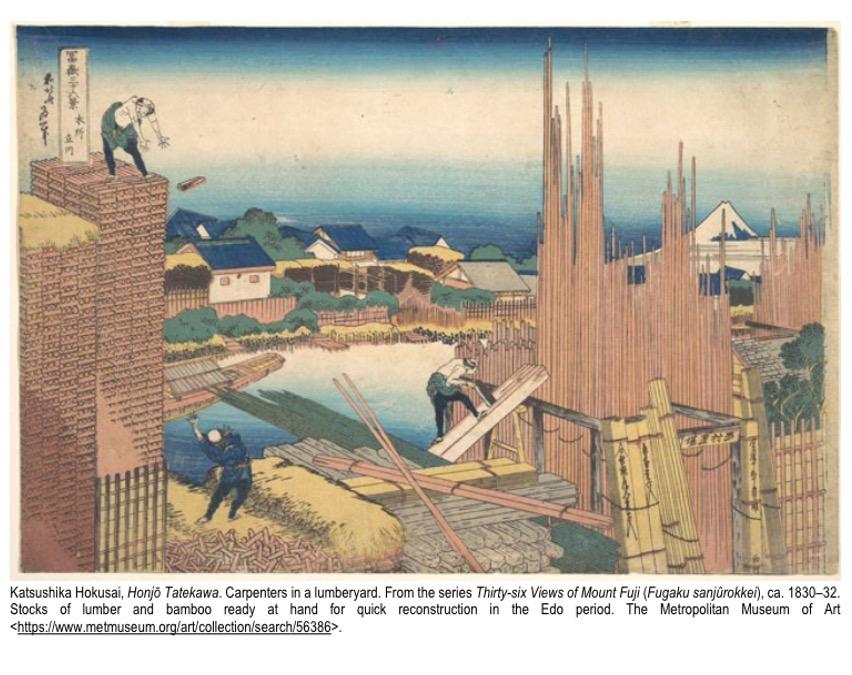ARC 327R / ARC 386M
Open to all SOA students. Apply through Texas Global before Nov. 1st
Danelle Briscoe: Briscoed@utexas.edu
Comprising 48 countries, the Asian continent is diverse and varied in its customs and landscapes. Collectively, its countries produce some of the most innovative and forward- thinking building practices. Drawing on traditions that blur the line between nature and the built environment, these practices are also very much about survival. May Term ASIA aims to offer further connections between The University of Texas at Austin and this part of the world, engaging three countries as a transect to rethink our design practices in hot and dry climates like Texas.
Japan and South Korea have been significantly affected by climate change, experiencing impacts like rising sea levels, extreme weather events, and disruptions to ecosystems. The two countries emphasize educating local communities about resilience, sustainable living, and disaster preparedness. Their indigenous design forms—such as the post-and-beam wood frames of the Korean hanok or the lightweight wooden structures of Japan—contribute to their climate adaptability and offer new ways of designing for resilience. Also, visiting a solar-powered smart city like Fujisawa, Japan would allow students to see firsthand houses equipped with AI-driven Home Energy Management Systems (HEMS), optimizing electricity consumption.
Expanding our student’s understanding of solar, wind, and other renewable energy sources in urban developments is critical. Because of climate change, they have had to rethink habitation. Through site visits to built works, talks with local practitioners, and focused study of both traditional and contemporary passive strategies of resilience, the program will enable our students to learn about new approaches to using advanced technology to better our buildings, interiors, and urban conditions. Ultimately, design students participating in this program will experience the innovative ways these communities integrate design thinking into their daily life and culture to create a sustainable future. From this experience, our students will go forward in their education and careers to shape the built environment, and the disciplines that implement it, with an enriched and deepened perspective.


